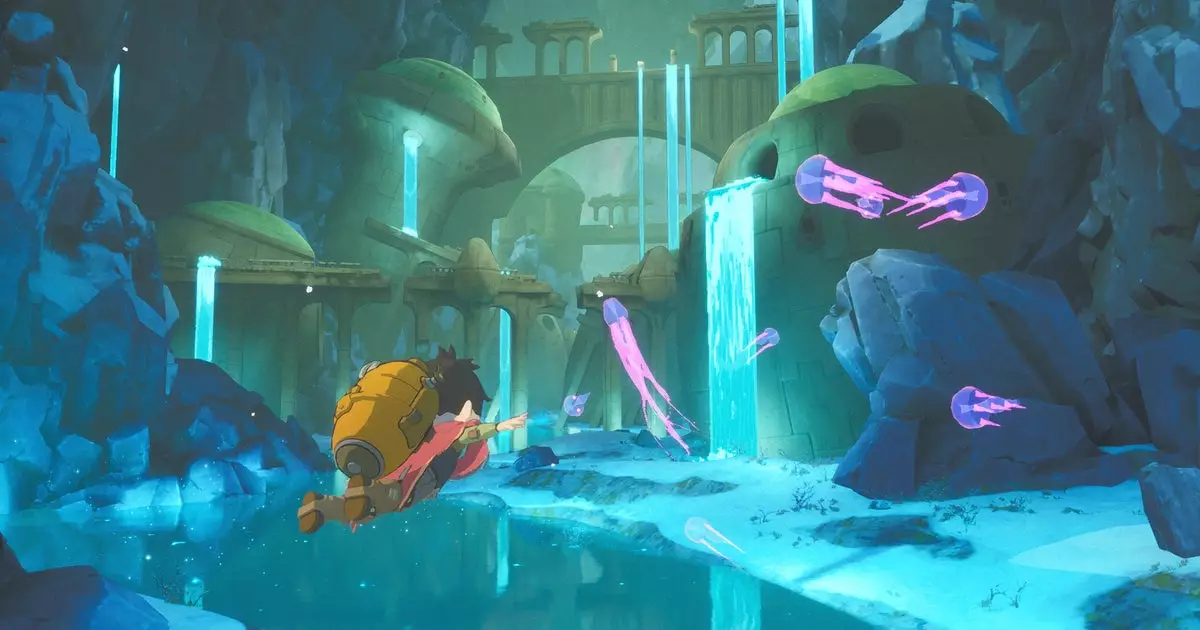Studio Ghibli has established itself as a titan of animated storytelling, a legacy that has influenced various art forms, including video games. Titles inspired by the enchanting worlds and visuals of Ghibli can evoke a sense of nostalgia, inviting players into imaginative realms filled with wonder and adventure. In the realm of gaming, such influences often merge less with mere visual aesthetics and more with complex narratives filled with emotional depth. As a result, the conversation begins to surround whether these games can genuinely capture the essence of Ghibli or simply mimic its surface-level allure.
One of the recent titles aiming to tread this fine line is Europa, a puzzle-driven adventure game that promises to whisk players away on a whimsical journey. The game ostensibly offers a compact yet engaging experience, lasting around three to four hours, filled with exploration, secrets, and creative problem-solving. Central to this experience is its protagonist, Zee—a robotic character who possesses the ability to upgrade their movement through a variety of means, adding a layer of versatility to exploration. With its emphasis on mobility, Europa beckons adventurers to swirl among floating sky islands while navigating puzzles reminiscent of classic titles.
At the heart of Europa is Helder Pinto, an artist whose journey began in the high-pressure environment of Blizzard Entertainment, where he contributed to the world of Overwatch. Pinto’s personal project has taken a life of its own, allowing players to experience a world that feels both familiar yet visually distinct. The artistry in Europa is deeply entrenched in Ghibli aesthetics; however, the challenge remains to harness these visuals while imparting original stories and concepts that resonate emotionally, rather than relying solely on nostalgia.
The exploration of Ghibli motifs within games is not without its pitfalls. Titles like Ni no Kuni: Wrath of the White Witch, though visually stunning and musically enriched by Joe Hisaishi, often risk losing depth in their storytelling, leaning heavily on existing Ghibli themes without infusing fresh perspectives. Europa carries the weight of these expectations but stands at a crossroads; can it reinvigorate classic iconography with new ideas? Or is it doomed to the fate of becoming another iteration of “Ready Player Miyazaki,” even just momentarily?
Final Thoughts: The Experience of Europa
As players dive into Europa, they will likely find themselves not just engaging with puzzles, but grappling with the broader question of what it means to replicate the Ghibli essence in a gaming format. If nothing else, a three-to-four-hour jetpacking adventure through beautifully rendered landscapes holds its own appeal, regardless of its narrative depth. For a price point modestly set at around €13, Europa provides an accessible entry into a Ghibli-esque world, one where there are potential hidden treasures waiting to be unearthed amidst the clouds. Ultimately, the true measure of this journey will lie not simply in its homage to Ghibli’s legacy, but in what unique stories and experiences it has to offer.


Leave a Reply